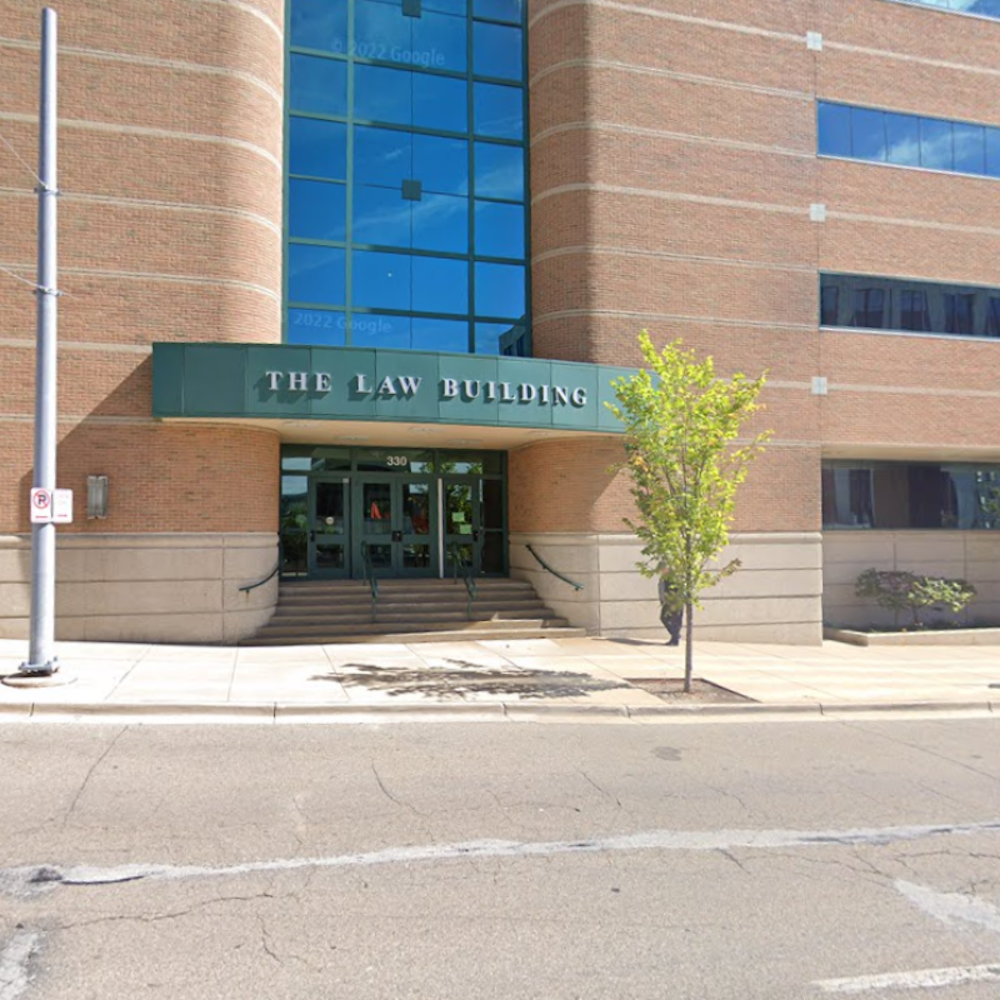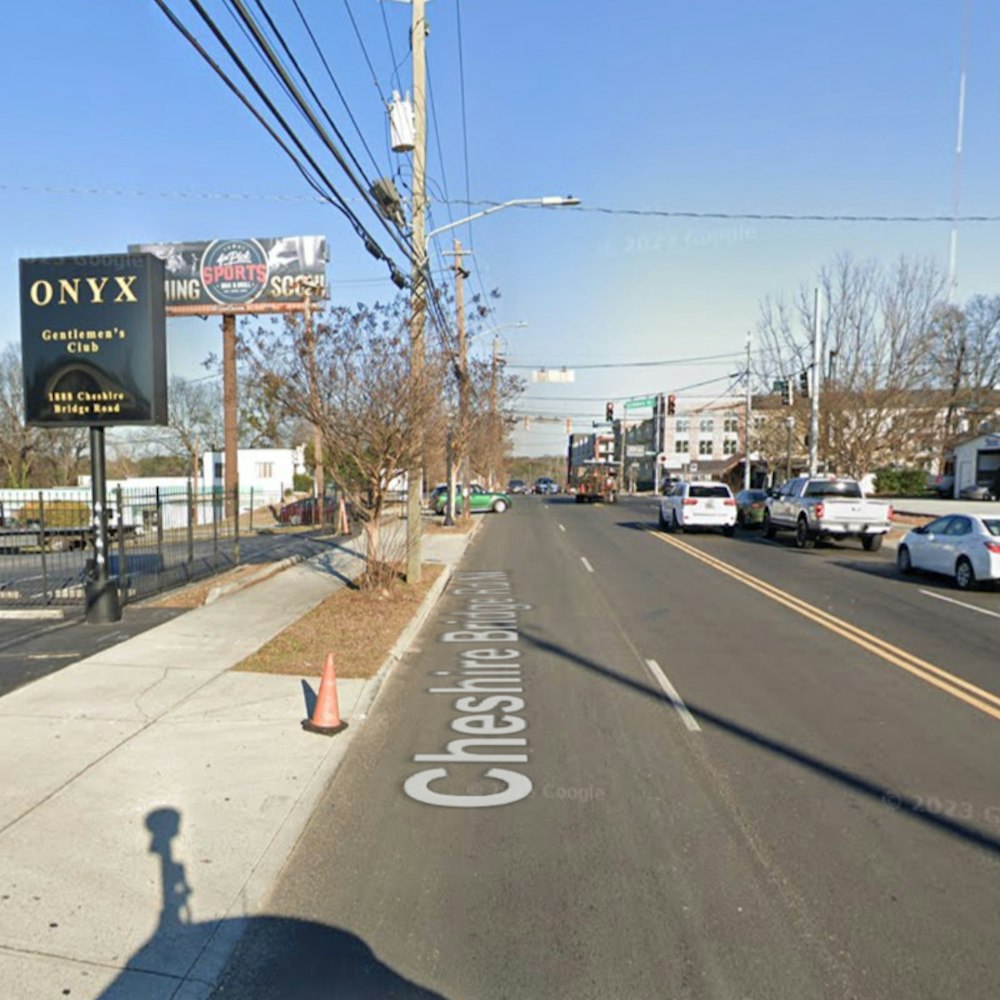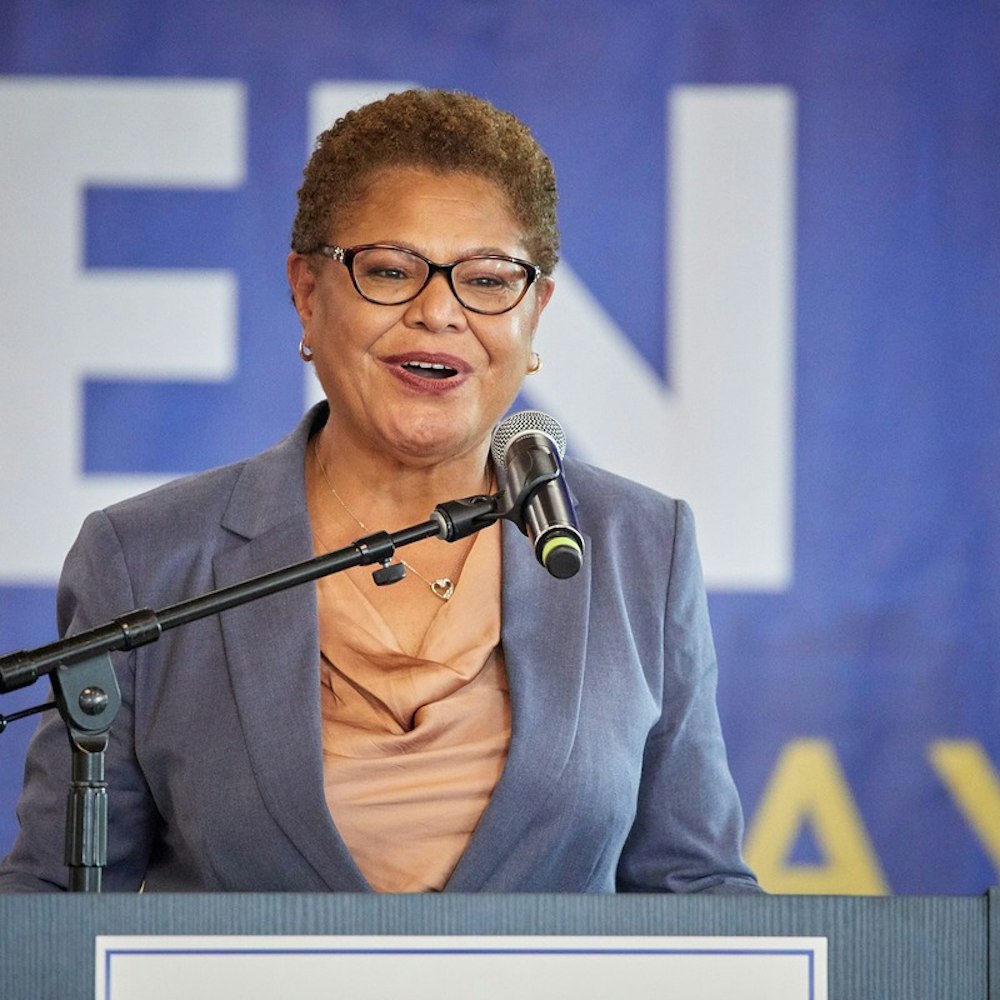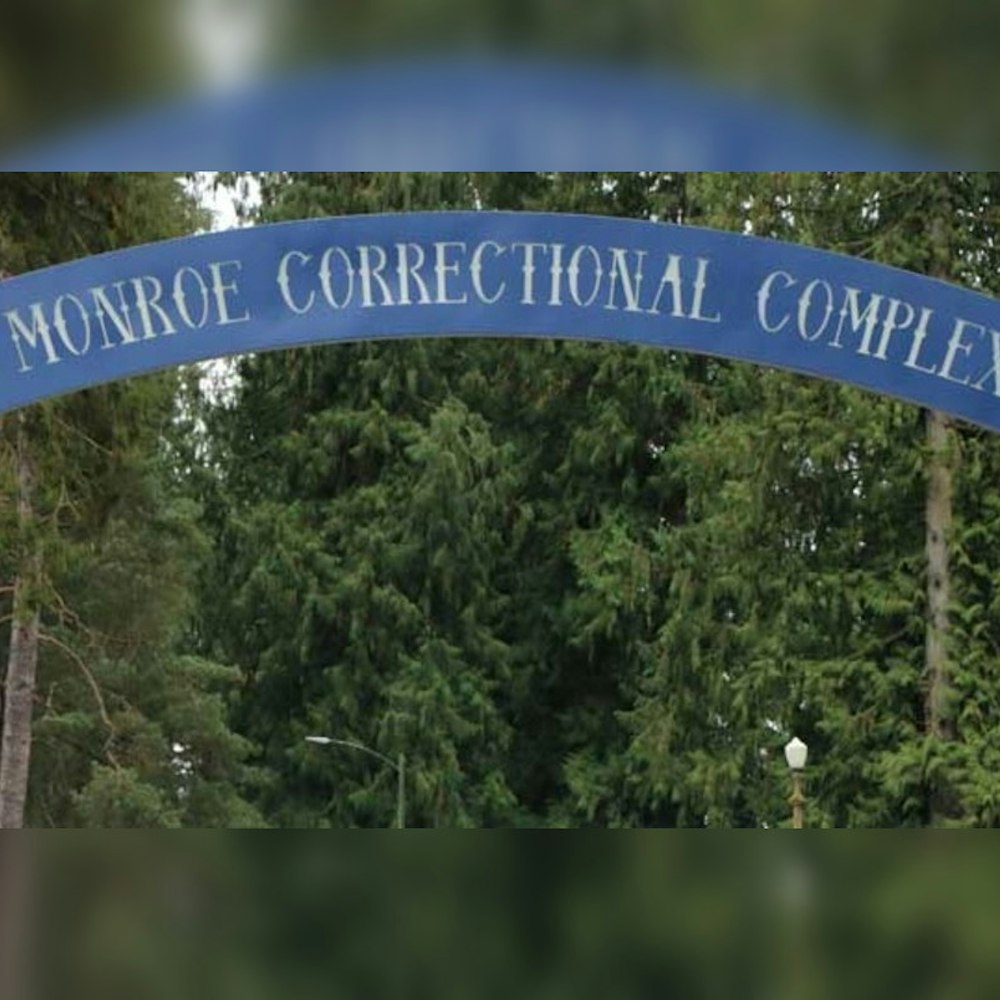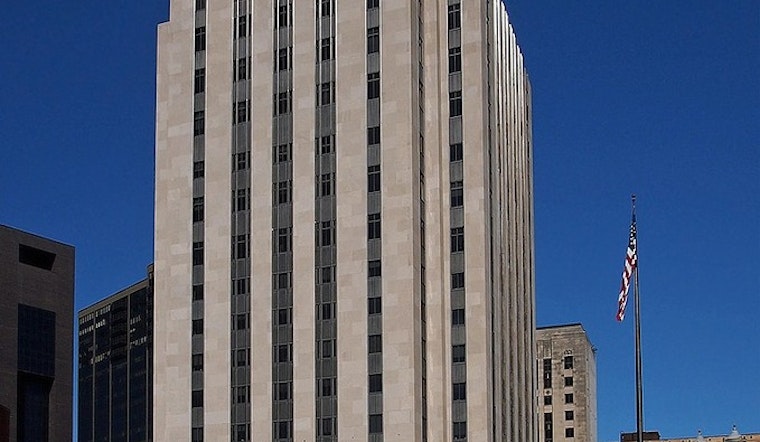
The Saint Paul Heritage Preservation Commission (HPC) convened earlier this week to address a collection of municipal concerns, including damage repairs to a historic property and the introduction of a senior housing project, according to details released in recent documents. The meeting, dated March 25th, saw discussions surrounding the necessity of vital maintenance at 943 Summit Avenue with intentions to replace elements battered by storm; roof, siding, and trim.
Amidst the typical procedural undertakings – the adoption of agendas, declarations of conflicts of interest, and the approval of minutes – the HPC carved out space for a public hearing regarding the proposed CB Ford Site II Project and mentioned the released agenda. This planned endeavor at 2260 Bohland Avenue eyes the construction of a new four-story development poised to host 60 apartments for seniors, a testament to the evolving architectural narrative of Saint Paul and a nod to its aging denizens seeking residence amidst tradition and memory.
The commission, consistent with its commitment to public participation, has outlined avenues for input where Saint Paul's citizens can voice their concerns or support. Written testimony is being accepted via email with commentators required to include their full name and address. For those preferring the immediacy of spoken word, a chance to address the commission in person was granted, although with a strict two-minute time limit and no space for visual aids, focusing the debate on the proposed project’s direct implications.
Citizens intent on contributing to the public discourse on Saint Paul's architectural future were asked to submit any written comments by 5 pm on the Friday before the next meeting, and those looking to partake in the physical act of democracy—voicing their stance before their local government officials—were reminded of the basic civic decorum expected at such events: divulge your identity and stand as an individual among fellow residents, both restless and rooted in their communal identities. The commission's approach, balancing regulatory formality with grassroots participation reflects an understanding that the dance of heritage preservation and urban development is a communal one, choreographed by many, not just those seated at the commission's table.

